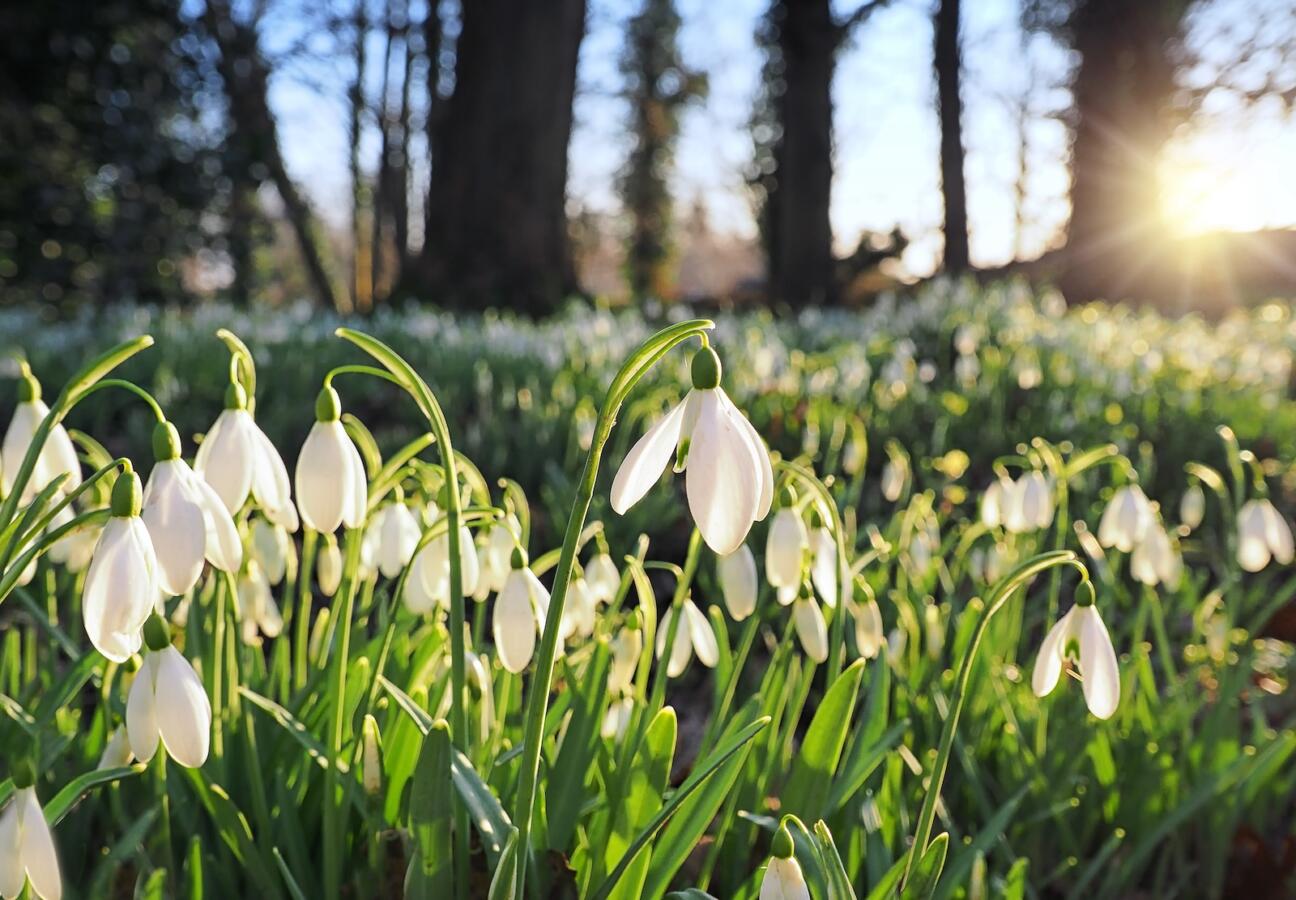When the snowdrops come up each February, followed by the crocuses and eventually the daffodils, I know the spring equinox is not far away. As Jews, we mark this period with the spring holidays of Purim and Passover. But what about the spring equinox itself?
Jewish tradition is replete with legends and practices related to both the equinoxes and the solstices, which is no surprise. Humans have been marking these times since before recorded history, as Stonehenge and other such monuments attest. The Talmud (Shabbat 75a) declares that anyone who knows how to calculate the equinoxes and solstices and fails to do so has not honored the work of the creator. The midrash Pirkei deRabbi Eliezer imagines God teaching the knowledge of these seasonal shifts to Adam and Eve. And the Book of Jubilees, a non-canonized but significant ancient Jewish work, claims the equinoxes and solstices should be observed as feasts.
The Hebrew word for both solstice and equinox is tekufah, which is related to the root for turn, cycle and season. In many Jewish sources, the power of the solstices and equinoxes is an ambivalent power — sometimes good and sometimes worrisome.
One teaching, from the medieval midrashic collection Otzar Midrashim, states that the solstices and equinoxes are times when vulnerable beings are afforded protection by one of four mythical beings. On the summer solstice, it’s the Behemot, a great horned beast that frightens land predators so the small animals can escape. On the autumn equinox, the great bird Ziz caws and scares the predators of the sky so the small birds can survive. On the winter solstice, the sea serpent Leviathan rises from the deep to frighten the large fish so the small ones can get away. And on the spring equinox — in Hebrew, Tekufat Nisan — the seraphim, the fiery angels, lift up their heads and frighten all the malevolent spirits who prey on human beings.

Help us keep Jewish knowledge accessible to millions of people around the world.
Your donation to My Jewish Learning fuels endless journeys of Jewish discovery. With your help, My Jewish Learning can continue to provide nonstop opportunities for learning, connection and growth.
What a beautiful tradition — that the changing of the seasons, which keep darkness and light in balance, also keep the natural world in balance. It could be a powerful contemporary tradition to mark these calendrical moments with reflection on keeping the world sustainably in balance. And Tekufat Nisan seems to be a time particularly dedicated to keeping our human world peaceful by sending away our own demons.
But there’s a more ominous side to these traditions. The 14th-century Spanish Jewish scholar David Abudarham records a tradition of discarding water in the home on the solstices and equinoxes because it may have been affected by malevolent forces. Another tradition calls for placing iron in the water to protect it from demons. The concern about water apparently stems from a legend that the angels who care for the water change guard on the solstices and equinoxes, and so for a moment the water is unprotected. As a result, the world is particularly vulnerable to harmful forces at these times.
Hezekiah Da Silva, a 17th-century Tuscan scholar, says that people who drink water at Tekufat Nisan are liable to become ill. He reports that in his community, there was a special announcement in the synagogue before the spring equinox so people could prepare for this ominous moment. Rabbi Jacob Molln, of 15th-century Mayence, insisted that a nail be lowered by string into the water used for baking matzah to protect it. (Iron was regarded as a protective substance in the folklore of many cultures, and was said to hold the power of the matriarchs because the first letters of their names — Bilhah, Rachel, Zilpah and Leah — make up the Hebrew for iron: barzel.)
However, the tenth-century sage Hai Gaon had a more hopeful take on this water-tossing practice. He imagines that we throw away water so that the new water of the season will be fresh and sweet. I like this notion a lot. Since wasting water is not ideal, perhaps as a contemporary spring equinox ceremony, we might take the water in our home and, rather than discarding it, use it to water the plants outside, thus honoring the tradition of removing the water while also reminding ourselves that this is a time to shelter, nurture and make space for vulnerable beings. In my book The Jewish Book of Days, I suggested saying a version of Havdalah, the Jewish prayer of distinctions, at the equinoxes and solstices, using wine and the scents of the season.
So as you notice the arrival of spring, you might take a moment to notice the profound balance and beauty of the natural world — and perhaps to pray for the seraphim to shelter us all from the harms that plague us as humans. You might also take a moment to offer thanks for the blessing that is water and to pray that the water drawn this season brings sweetness to our world. And of course, take time to smell the flowers.
This article initially appeared in My Jewish Learning’s Shabbat newsletter Recharge on March 16, 2024. To sign up to receive Recharge each week in your inbox, click here.



